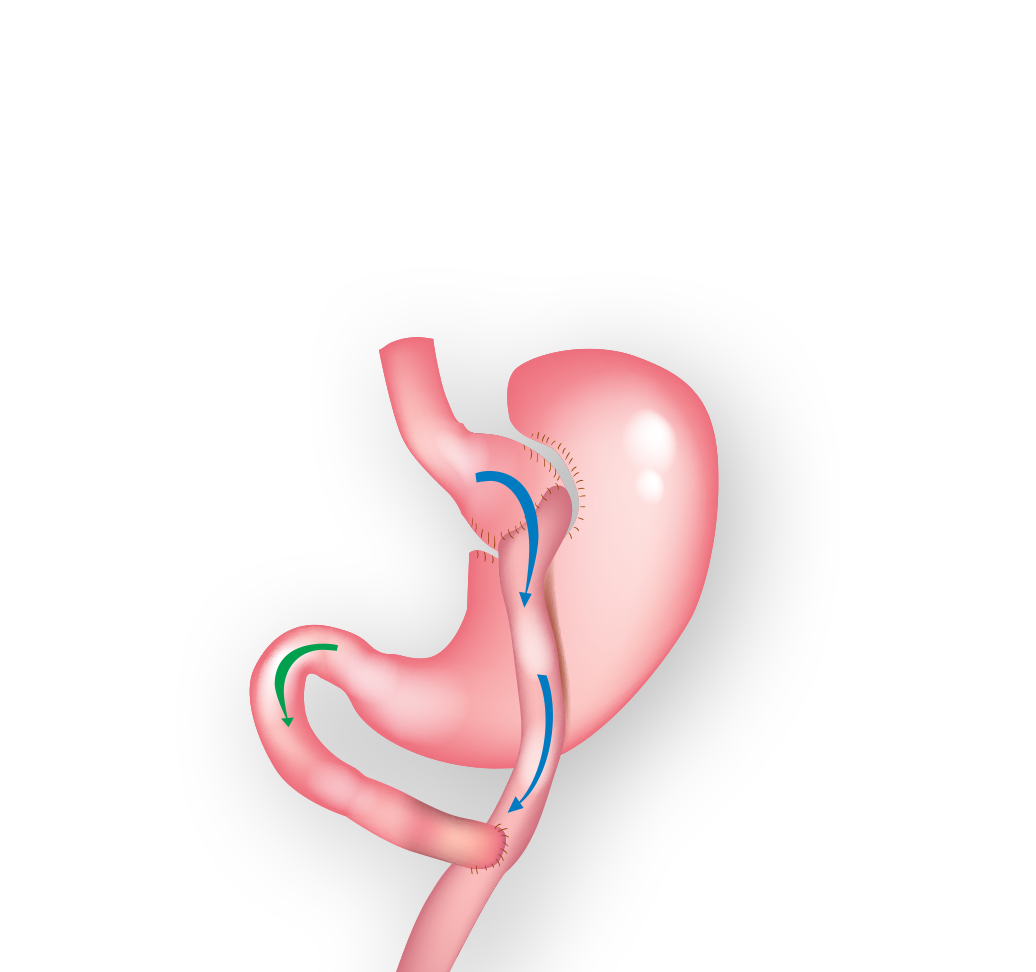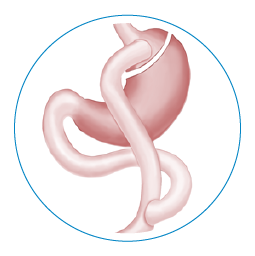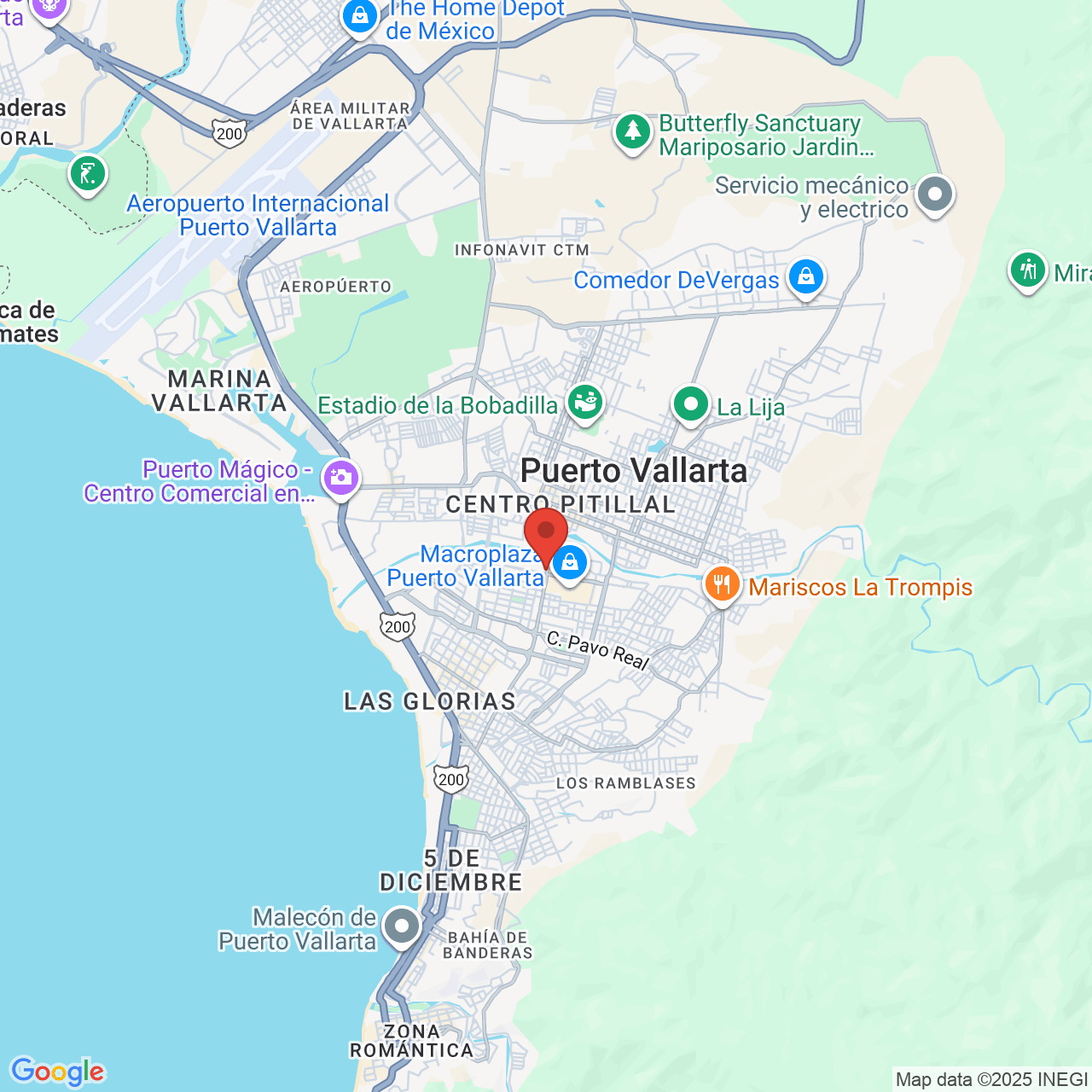
Gastric Bypass Surgery
Have diet and exercise failed to help you achieve and maintain a healthy weight?
Gastric bypass surgery at Weight Loss Team can not only help you to lose weight, but also live a longer and healthier life.
Tell me more...

Breaking down the Benefits
Significant Weight Loss
Gastric bypass surgery can help you achieve massive weight loss that is not possible with diet and exercise. On average, patients can lose over 70 percent of their excess weight in the first 18 months. In some cases, you can lose up to 90 percent of excess weight.*
Improved Health
Bariatric surgery and the resulting weight loss can reduce the relative risk of death by up to 89 percent. Losing weight can also reduce your risk of serious conditions such as cardiovascular disease and mental disorders, as well as minimize your dependency on medications.*Enhanced Quality of Life
Increased energy and fewer health complications after significant weight loss can dramatically increase your overall quality of life.*
Many Patients Achieve Long-Lasting Results
Lose Weight and Improve Your Health with Gastric Bypass Surgery
A Safe, Effective Surgery, The RNY
How the Procedure Works
 There are two aspects to gastric bypass which work together to provide significant results. First, the bariatric surgeon will create a smaller stomach pouch by dividing the upper area of the stomach from the rest of the organ. Typically, the new stomach pouch holds about an ounce, limiting the amount of food you can consume at a time.
There are two aspects to gastric bypass which work together to provide significant results. First, the bariatric surgeon will create a smaller stomach pouch by dividing the upper area of the stomach from the rest of the organ. Typically, the new stomach pouch holds about an ounce, limiting the amount of food you can consume at a time.
When diet and exercise are not enough to reach your goals, gastric bypass surgery can help you lose excess weight and live a healthier life.
Next, the surgeon will divide the small intestine, bypassing the stomach and a portion of the gastrointestinal tract completely. He will then attach the top portion of the intestine further down to allow stomach acids and digestive enzymes to mix with the food you eat. This process lessens the number of calories and nutrients your body absorbs.
 Rerouting the food stream also alters the hormones in your gut to promote feelings of satiety and decrease hunger. At our bariatric center, our doctors are trained to perform gastric bypass using laparoscopic surgical techniques. Instead of creating a single large incision, the surgeon will create several small incisions, which allows for a more comfortable and less invasive procedure. All of our bariatric surgeries are performed under the supervision of our skilled anesthesiologist, Dr. Jovanny Hurtado, to ensure the patients remain relaxed and comfortable during treatment.
Rerouting the food stream also alters the hormones in your gut to promote feelings of satiety and decrease hunger. At our bariatric center, our doctors are trained to perform gastric bypass using laparoscopic surgical techniques. Instead of creating a single large incision, the surgeon will create several small incisions, which allows for a more comfortable and less invasive procedure. All of our bariatric surgeries are performed under the supervision of our skilled anesthesiologist, Dr. Jovanny Hurtado, to ensure the patients remain relaxed and comfortable during treatment.
Achieve Your Goals with Weight Loss Team

Our practice takes a team approach that benefits our patients:
- VIP treatment
- Genuine concern for your well-being
- Personalized care
- Attentive, on-going support
To schedule your consultation, contact us online or call us at (800) 404-9064.


